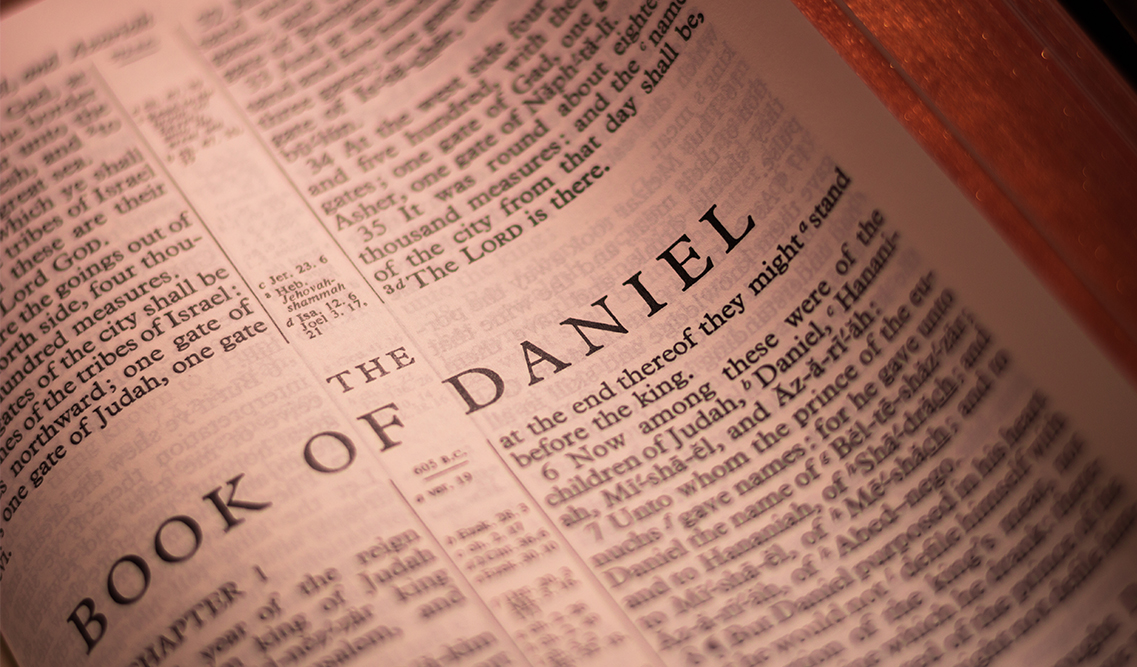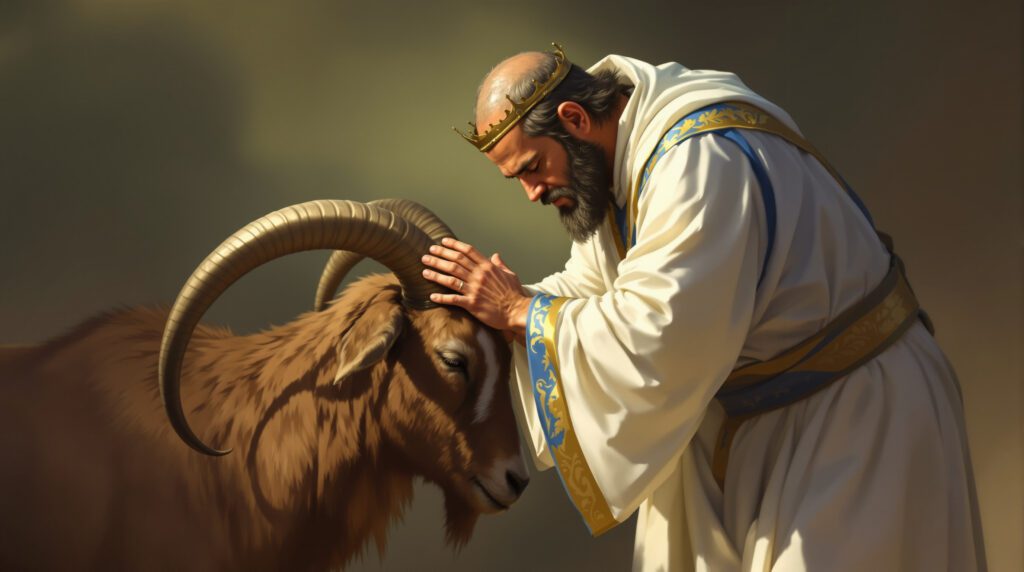Today’s writing announces the greatest significance of Daniel’s Seventy Weeks Prophecy. We will focus primarily on Messiah’s appearance after the sixty-nine weeks (483 years). This is the most amazing aspect of this prophecy in that it predicted the exact time of Messiah’s appearing.
In part 1 and 2 of this blog entitled, ‘An Amazing Prophecy: Daniel’s Seventy Weeks, I focused first on giving an overview of the prophecy itself and then on the most feasible starting point for the prophecy (determining when the word was given to restore and build Jerusalem).
Most scholars and Bible commentators break these seventy weeks (490 years) into three divisions of 7 weeks (49 years), 62 weeks (434 years), and 1 week (7 years). The first period of 7 weeks is the period of 49 years in which the city of Jerusalem would be built again according to the prophecy (“it shall be built again with squares and moat, but in a troubled time” Daniel 9:25). The reference to it being built in a troubled time is confirmed by the twin books of Nehemiah and Ezra which records the strife and difficulty of this period.
Our main focus in this blog is on the second period of 62 weeks or 434 years. These weeks are to be added to the 7 weeks that preceded it so that together it comes to 483 years (49 years and 434 years). That means that from the starting point of the prophecy we must count 483 years to Messiah’s appearing. But as I pointed out in the previous blog, the most likely person who gave the decree was Cyrus (see Ezra 1:1-3). But if Cyrus is the one, it presents a problem because he gave the decree in 538 B.C. According to that date, that meant that Messiah would not appear anytime within the framework of Jesus’ earthly life and ministry.
How do we reconcile that with the biblical record? As I pointed out in the previous blog, most chronologies of the Persian kings are based on the chronology of a man named Ptolemy and are about 80 years off. So, if the decree was given by Cyrus it was therefore given about 457 or 458 B.C. If we count 483 years, it brings us to about 26 A.D. What is significant about that date? It is the probable date for the baptism of Jesus by John in the Jordan. Why would the prophecy be fulfilled at that moment and not at Jesus’ birth at Bethlehem? Because only a handful of people learned of his birth, while Jesus was formerly presented to the entire nation at John’s baptism. And it is his formal presentation to Israel that Daniel foresaw.
That means that whoever the Messiah is, Daniel’s prophecy of the 69 weeks predicted he must come before the destruction of the temple in 70 AD. That was what my brother was alluding to when speaking to the rabbi I referred to in the first blog. This prophecy makes it perfectly clear that Messiah had to come before 70AD and must fulfill the six things spoken of in Daniel 9:24). That severely reduces the playing field.
That also explains statements Jesus made in the Gospels such as his opening proclamation which began his Galilean campaign:
“Now after John was arrested, Jesus came
into Galilee, proclaiming the gospel of God, and saying,
“The time is fulfilled, and the kingdom of God is at hand;
repent and believe in the gospel.”
Mark 1: 14-15
That phrase, “the time is fulfilled” is undoubtedly a reference to Daniel’s prophecy of the 69 weeks and not merely a general reference to the season of his appearing. The same is true of the apostle Paul’s statement that Jesus came in the fullness of time:
“But when the fullness of time had come,
God sent forth his Son, born of woman, born
under the law, to redeem those who were
under the law, so that we might receive
adoption as sons.” Galatians 4:4-5
But that only covers the 69 weeks or 483 years. There remains one week (seven years) that has not been accounted for. We will focus on that final year in the final blog in this series, “An Amazing Prophecy: the Seventy Weeks of Daniel.
PS: I want to thank Bruce, a leader in a church I relate to for pointing out the fact that in Genesis 29:27 the writer refers to two different periods: (1) the one week marriage celebration which would need to be completed before Jacob could marry Rachel without shaming Leah, and (2) a seven-year period during which Jacob would serve Laban for the privilege of marrying Rachel (served after their marriage). I had failed to make that clear. Thanks Bruce.





0 Comments